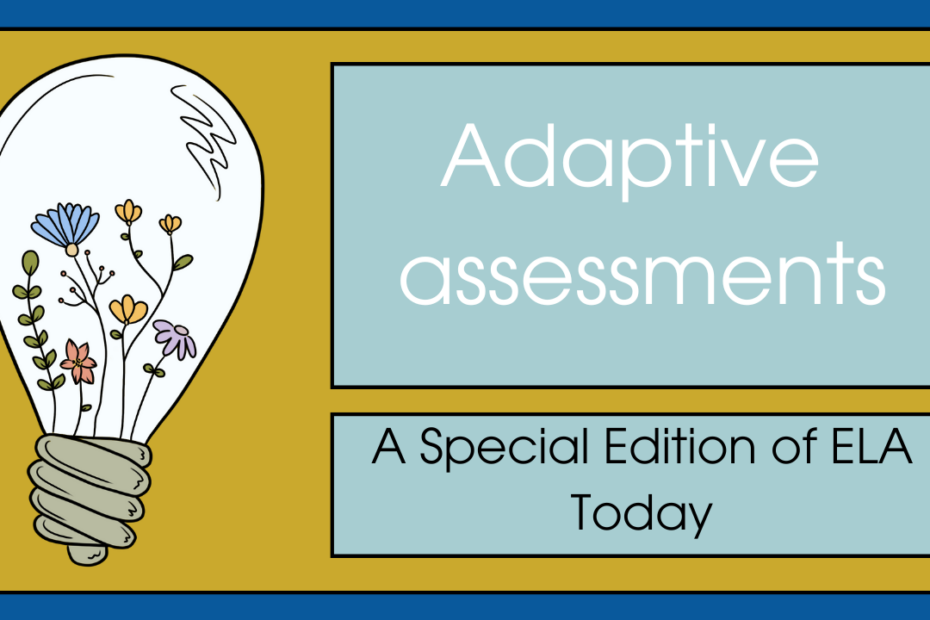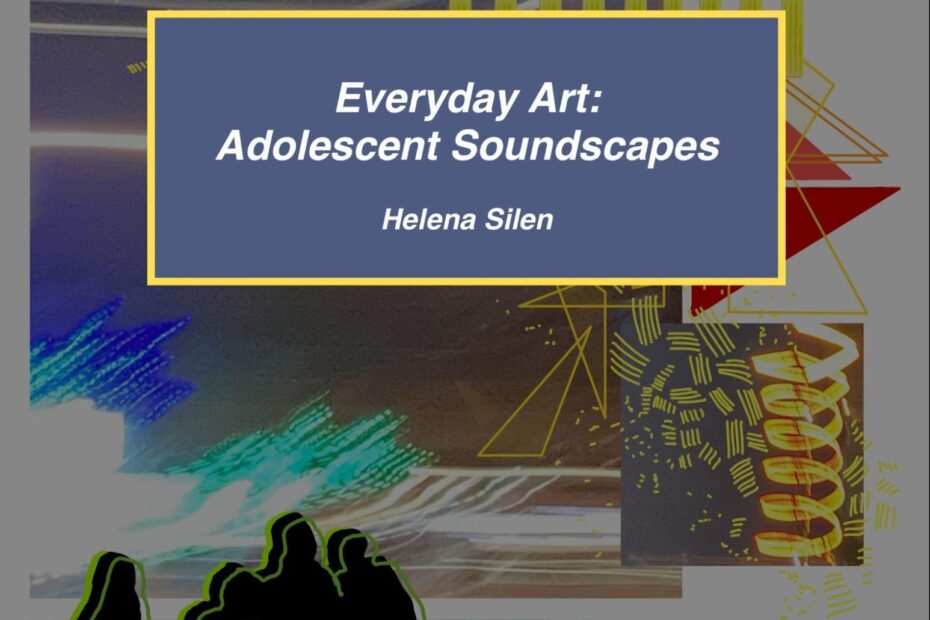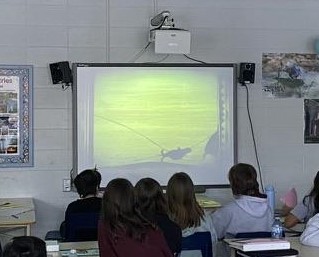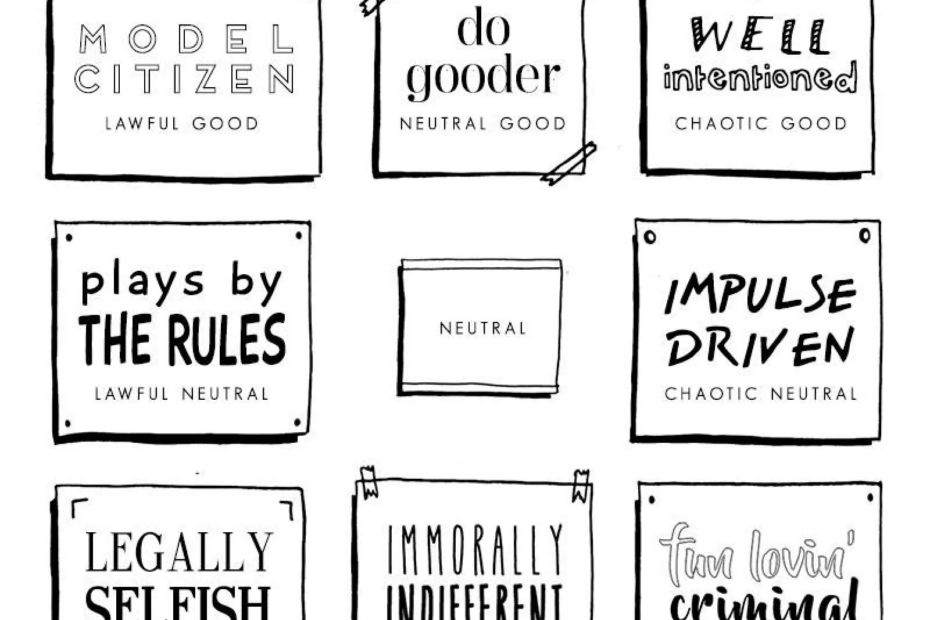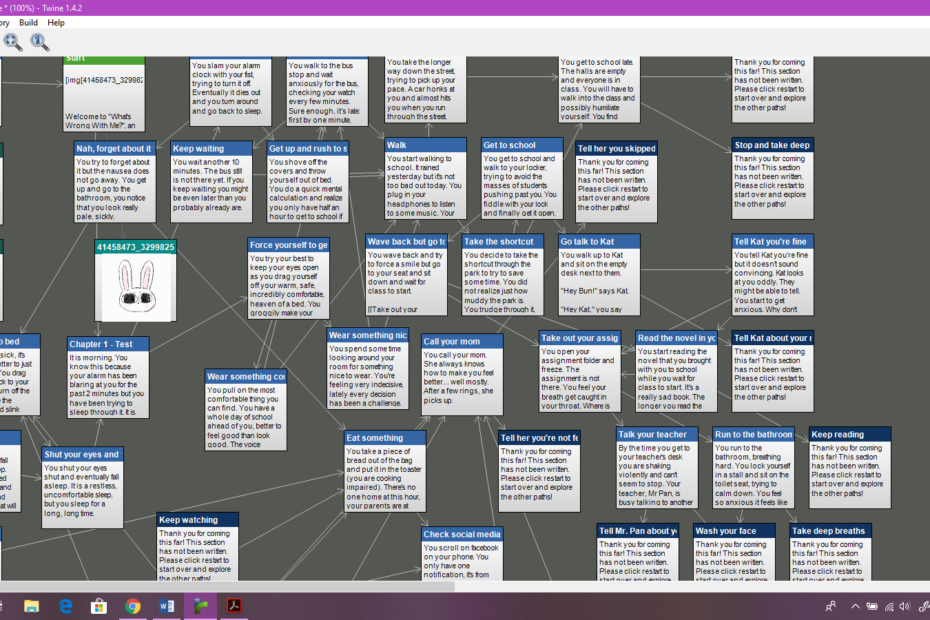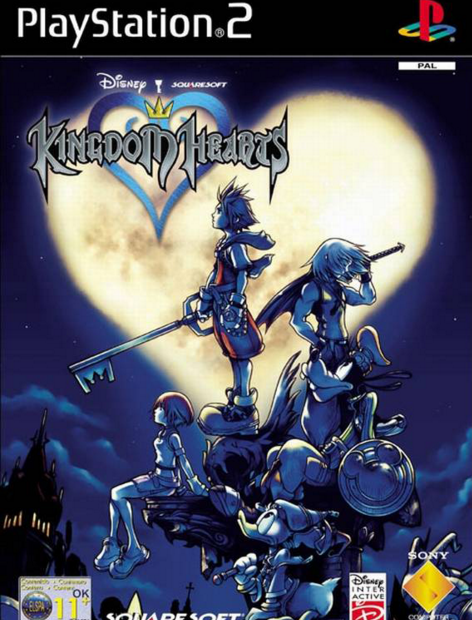Adaptive assessments: A Special Edition of ELA Today
From video games and social media platforms, to fanfiction works and tabletop games, ELA educators have increasingly chosen to draw from popular culture texts to diversify curricula and engage contemporary youth. While the potential of these texts is excitingly vast, dreaming up accompanying assessments can prove to be a daunting task. In this year’s special edition of ELA Today, the voices of six writers navigating various educational environments – from high school ELA classrooms, to research-focused settings, and university-level programs – have come together to reflect on meaningful strategies for adaptive assessments.
